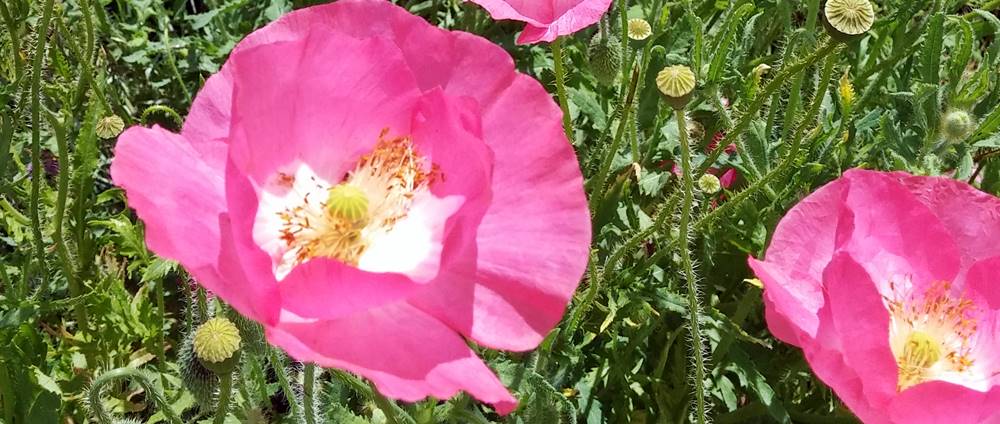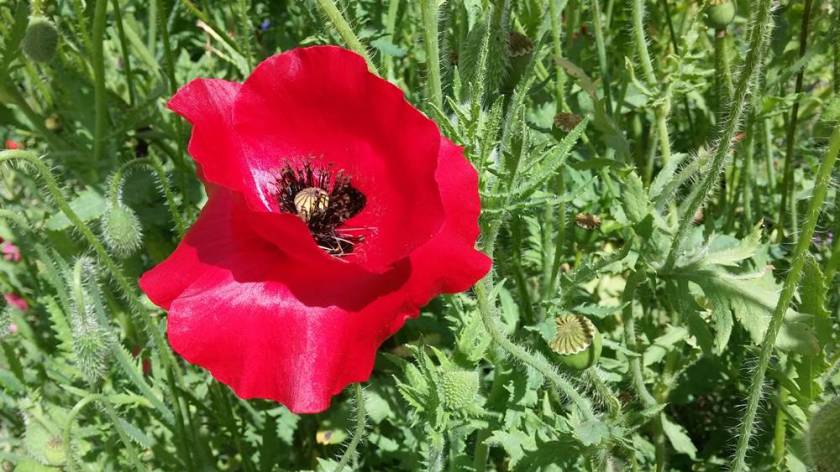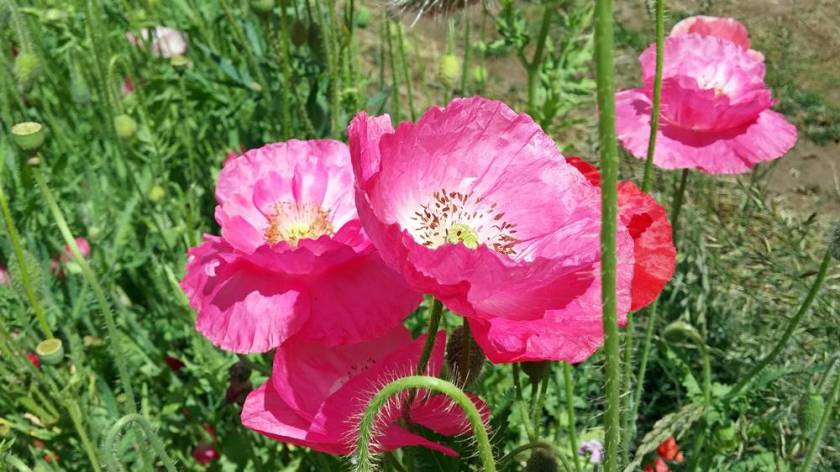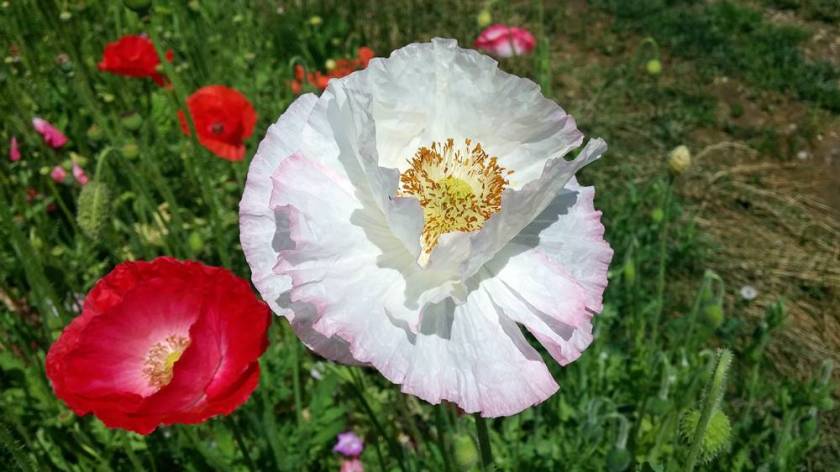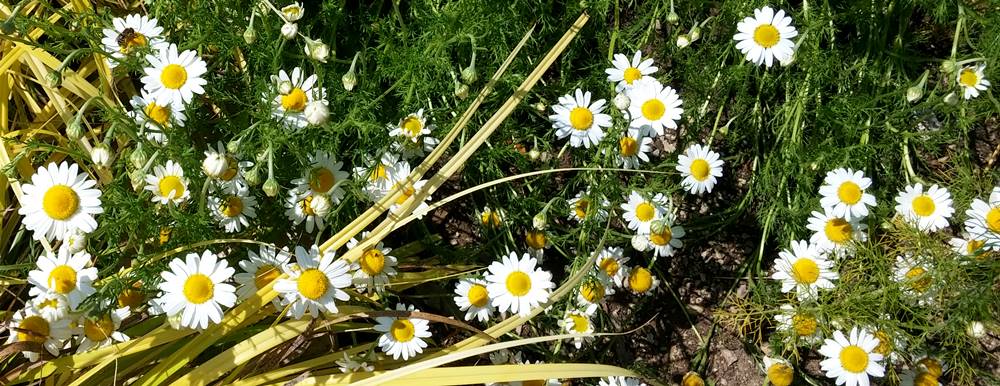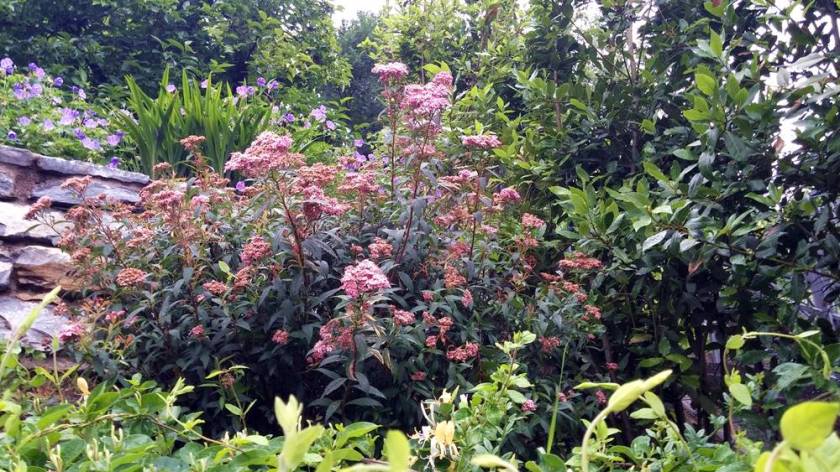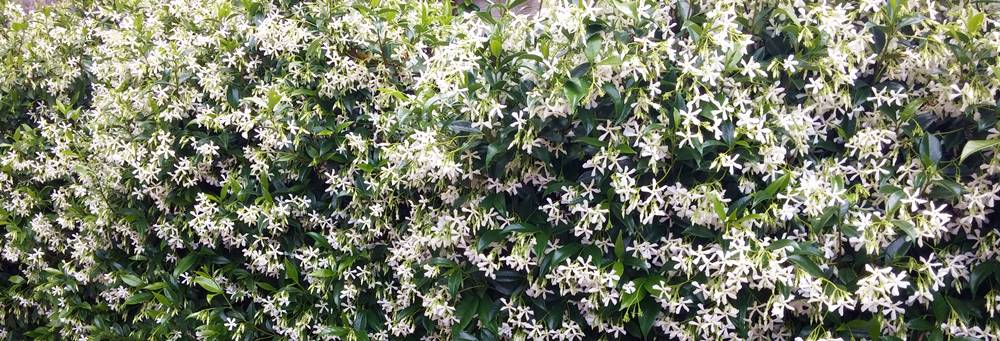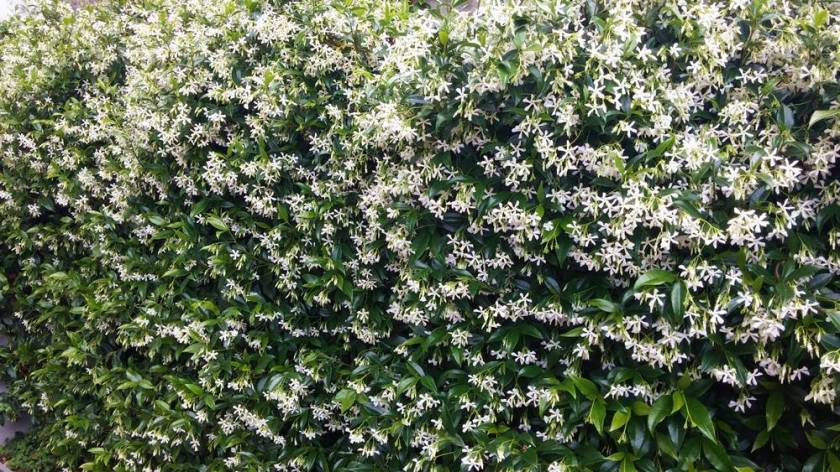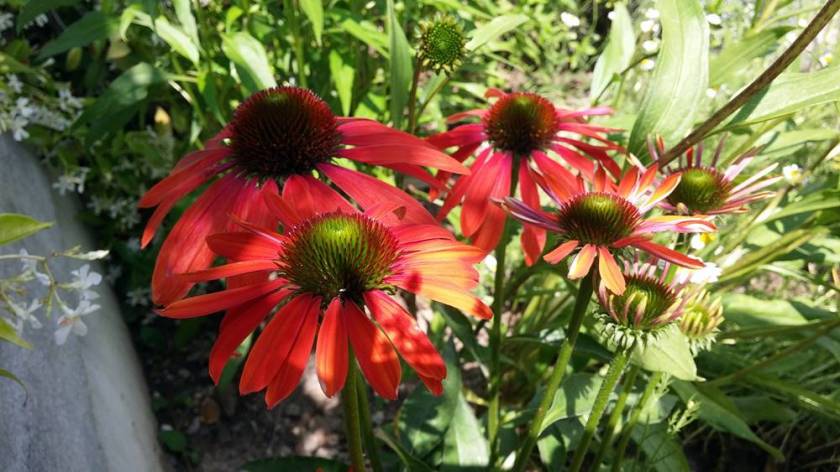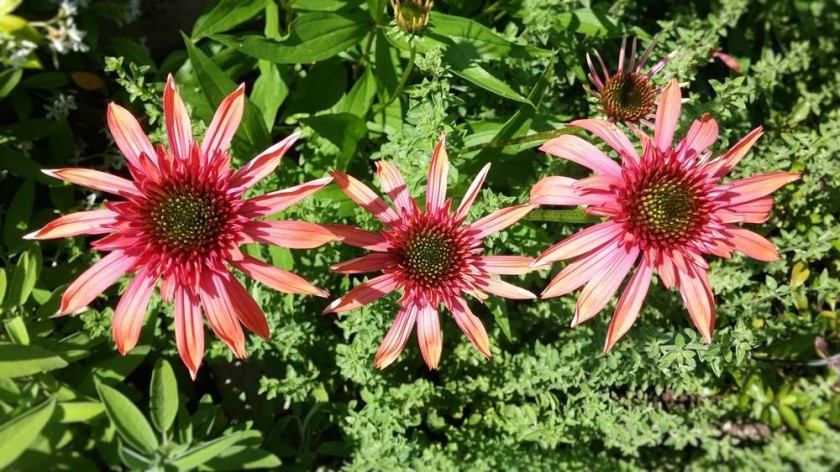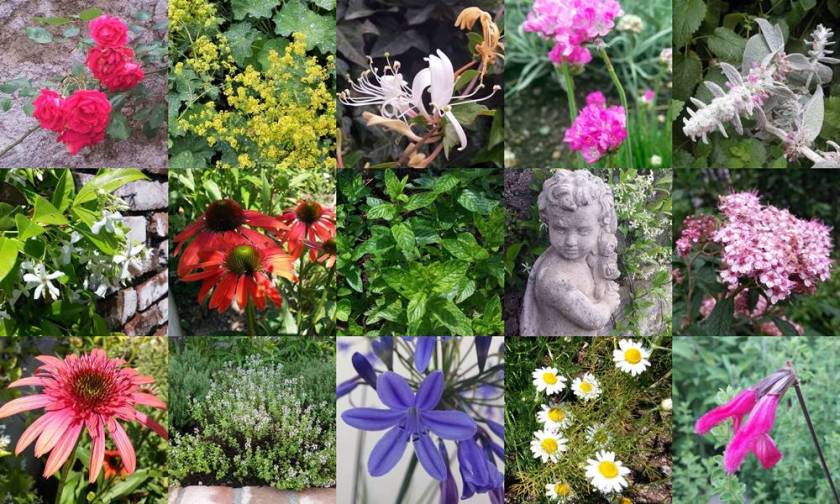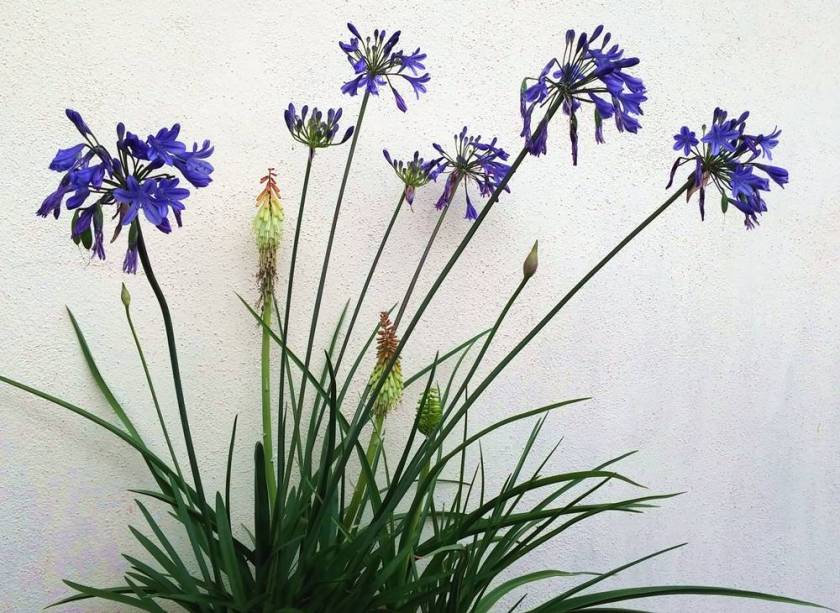I’ve been waiting patiently, and now I am ripping the awards. Here’s my beautiful flowerbed with a perfect trio – lavender, armeria and artemisia.

The patch was empty just back in March. I planted all flowers when they were literally babies. In three months they have grown full size.
I started the blog just after the patch was planted in mid-March, but I didn’t make photos then. I found one made on 9 April. Here’s an artemisia with plenty of free space around, and it gives an idea how it all began.

Though looking tall, the artemisia is no more than 10 cm. You can see tiny shoots of lavender in the background. It is almost impossible to spot armeria.
The plants were ordered by internet from the Southern Italy. The vendor messed up the order and sent only half of the armerias. I had to divide them, even if they were tiny.
Miraculously, all plants took well. They are strategically positioned at the start of a long flowerbed that runs along the lawn. Now is the moment of their glory.

#armeria #artemisia #lavender #garden #summer


